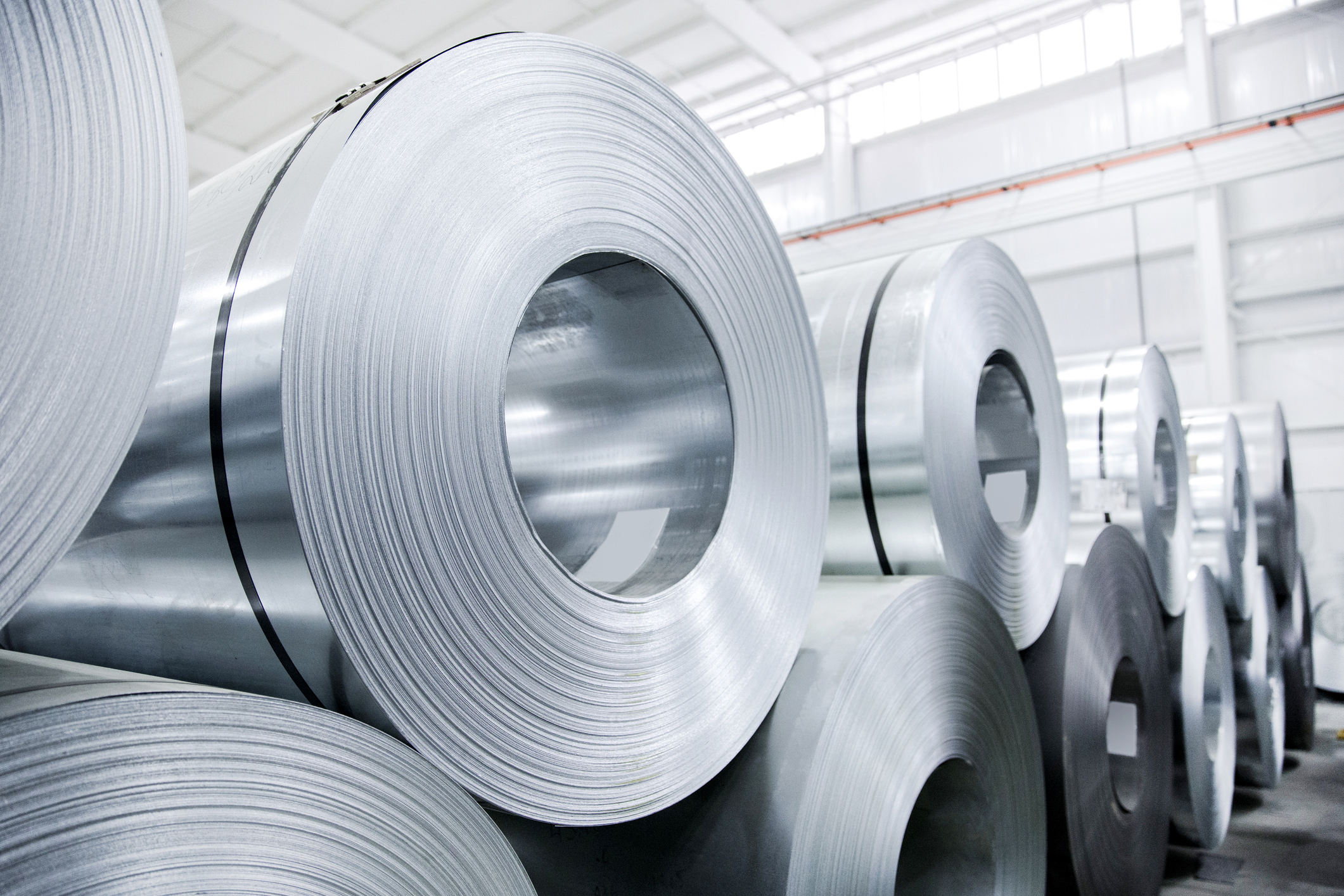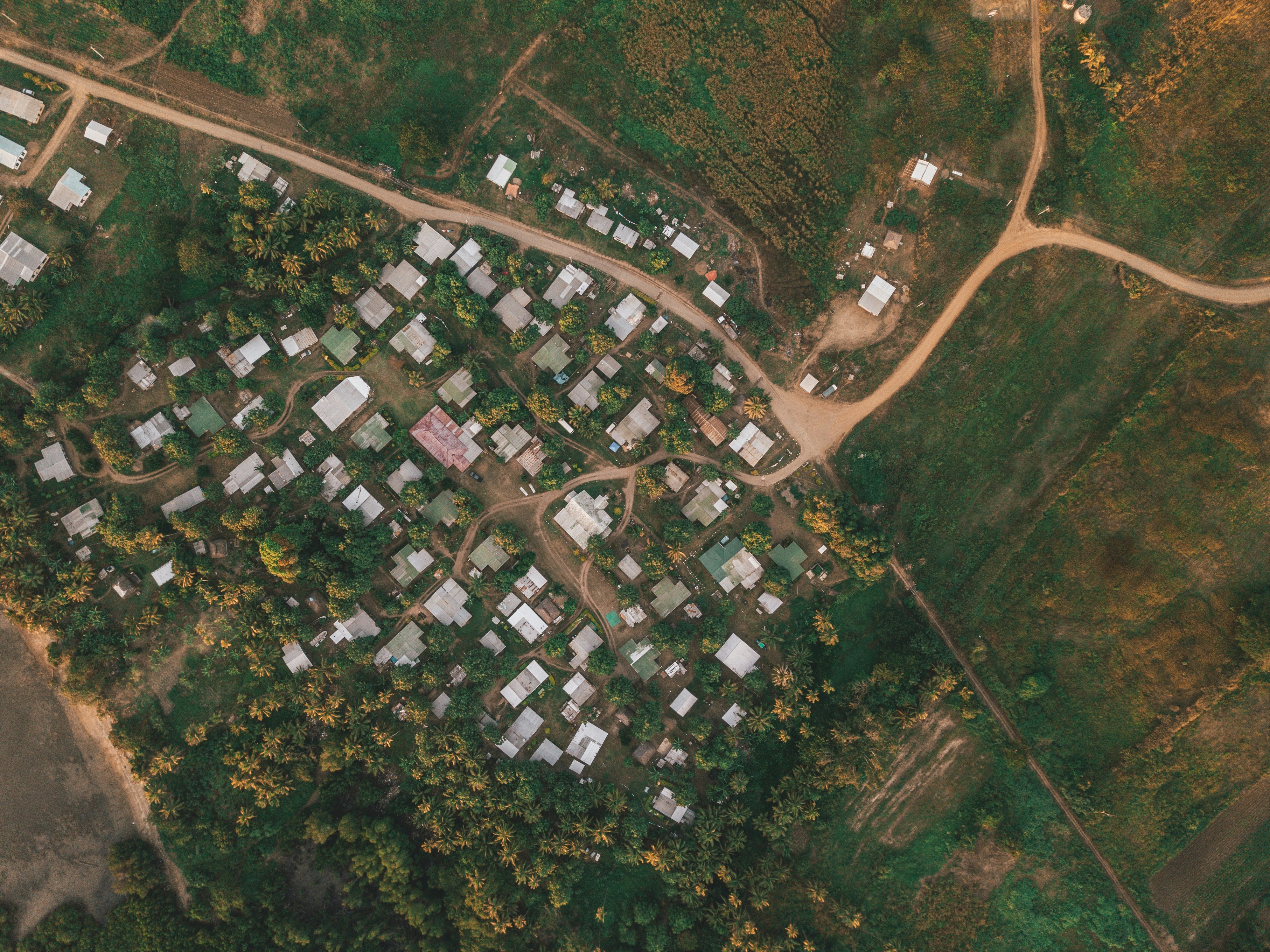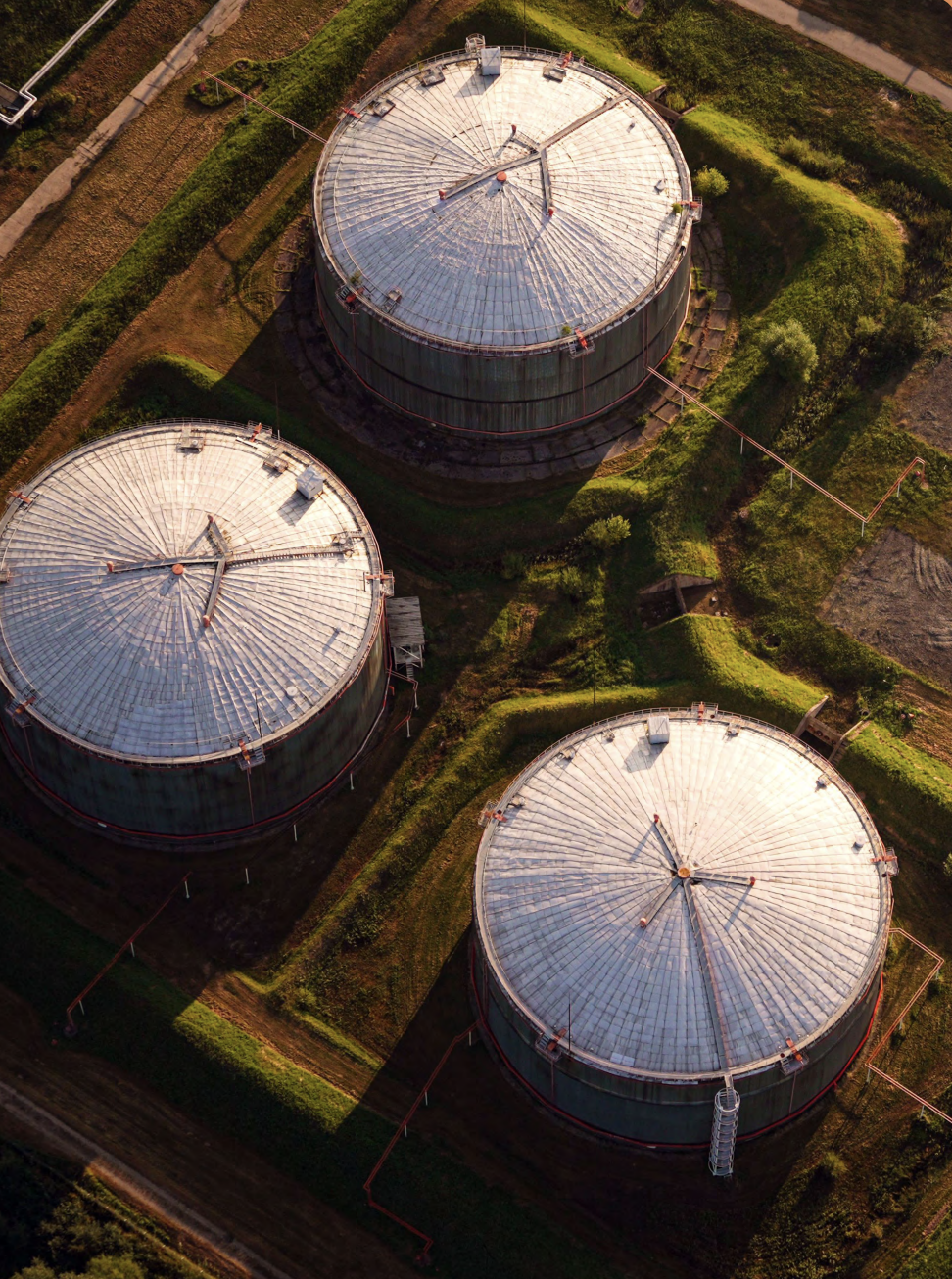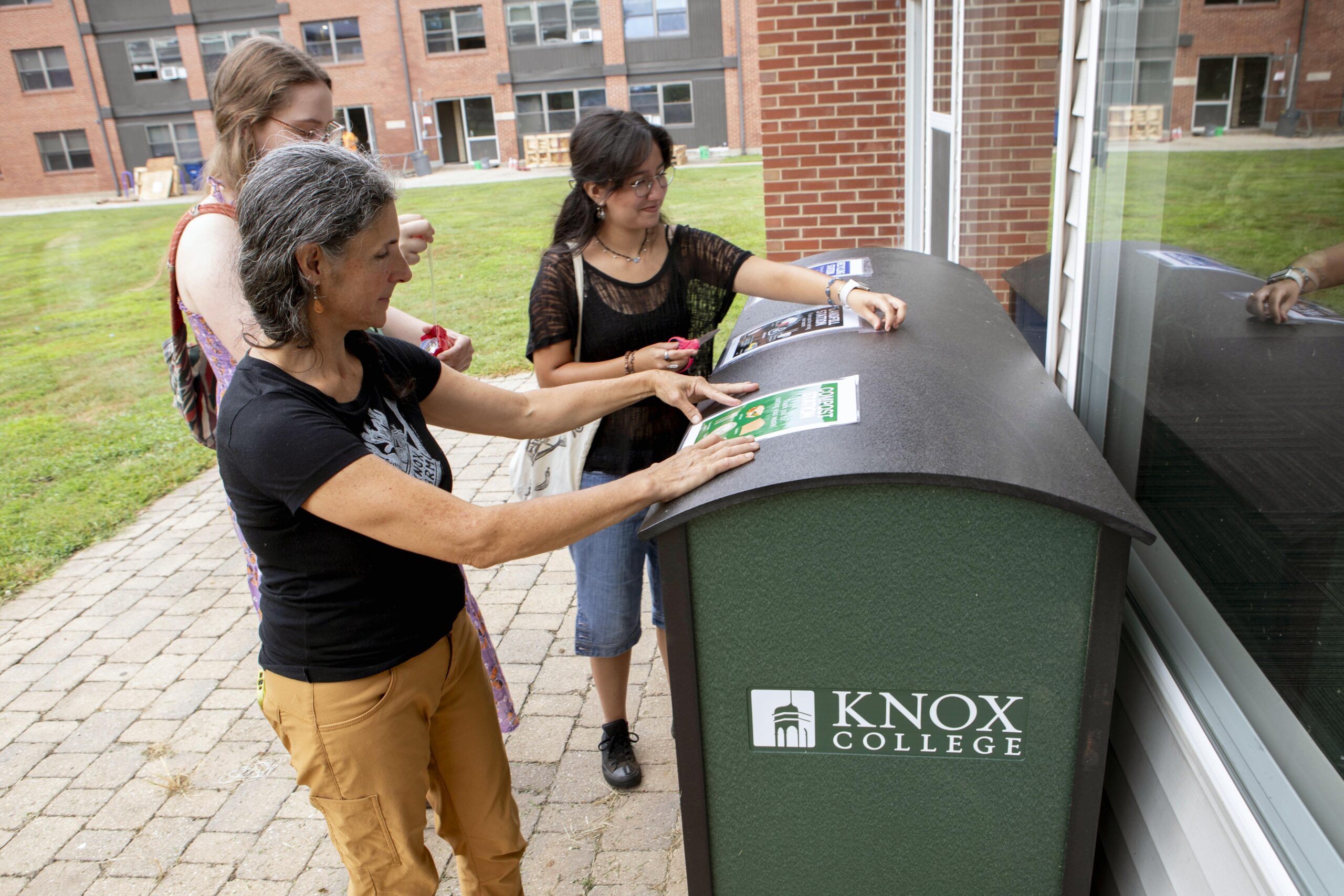Insights
Improving composting through food and packaging recovery
Innovation to recover more resources through recycling and composting

Materials recovery facility (MRF) innovation
Recyclable materials market development
Molecular recycling
Community activation
Organics infrastructure

The guide shares best practices for recycling facilities to optimize operations as Extended Producer Responsibility laws accelerate.

In this report, we spotlight several important regions across the U.S. where our work to build density and scale circular solutions has pushed past the linear economy, accelerating a circular economy powered by local communities and supply chains, and positioned for global reach and connection.
.webp)
Demand for recycled food-grade PP is growing, driven by policy shifts and brand commitments to incorporate more recycled materials in their packaging. But a significant lack of data on the available volumes of recycled food-grade PP in the recycling system has made it difficult to amass sufficient quantities of food-grade PP to meet growing market demand.

This report examines the challenges and opportunities in recovering small-format rigid plastics, providing insights into collection systems, processing technologies..

Municipalities––counties, cities and more––play a critical role in developing robust composting infrastructure and collection programs that divert organics from landfill

This report by the Composting Consortium dives deep into the current state of food waste composting infrastructure in the U.S., explores investment opportunities and offers policy recommendations to accelerate the scaling of this critical infrastructure. Our focus centers on commercial-scale composting facilities with the capacity to accept the most complex organics streams, including post-consumer food scraps alongside food-contact compostable packaging.

Does compostable packaging successfully break down in commercial compost systems?

A study to assess the extent to which compostable packaging is currently processed within existing large-scale AD infrastructure in the U.S. The analysis, done in partnership with BioCycle and Target Renewables, LLC., was focused on those facilities that process hundreds to thousands of tons of organic waste per day.

In the transition to a circular economy––one where waste is eliminated, materials are circulated, and nature is regenerated––we need to consider the key role of one of the earliest forms of material cycling: composting.

In this report, we focus on paper cup recovery, by assessing critical nodes of the paper cup recovery value chain—paper mills, material recovery facilities, brands, consumers and local communities—to demonstrate how, together, these stakeholders can sustain a market for paper cup recycling. Each has a unique and critical role to play in enabling cup recycling.

This report assesses the current state of molecular recycling technologies across the United States and Canada, examining technological capabilities, market readiness, and regulatory frameworks.

The goal of this report is to reflect the current landscape of technology providers focused on converting waste plastics into a variety of safe and high-quality materials, as well as the scale of opportunity for these providers to meet demand.

As part of our Advancing Circular Systems for Plastics & Packaging Initiative, Closed Loop Partners published Navigating Plastic Alternatives in a Circular Economy to demystify the rapidly growing and evolving landscape of plastic alternatives, with a focus on bio-based plastics, biopolymers and compostable products and packaging.

The seminal report on the single-use retail bag assessing the current context of the bag spanning consumer behavior, alternative materials, legislation and new innovative solutions on the horizon.
